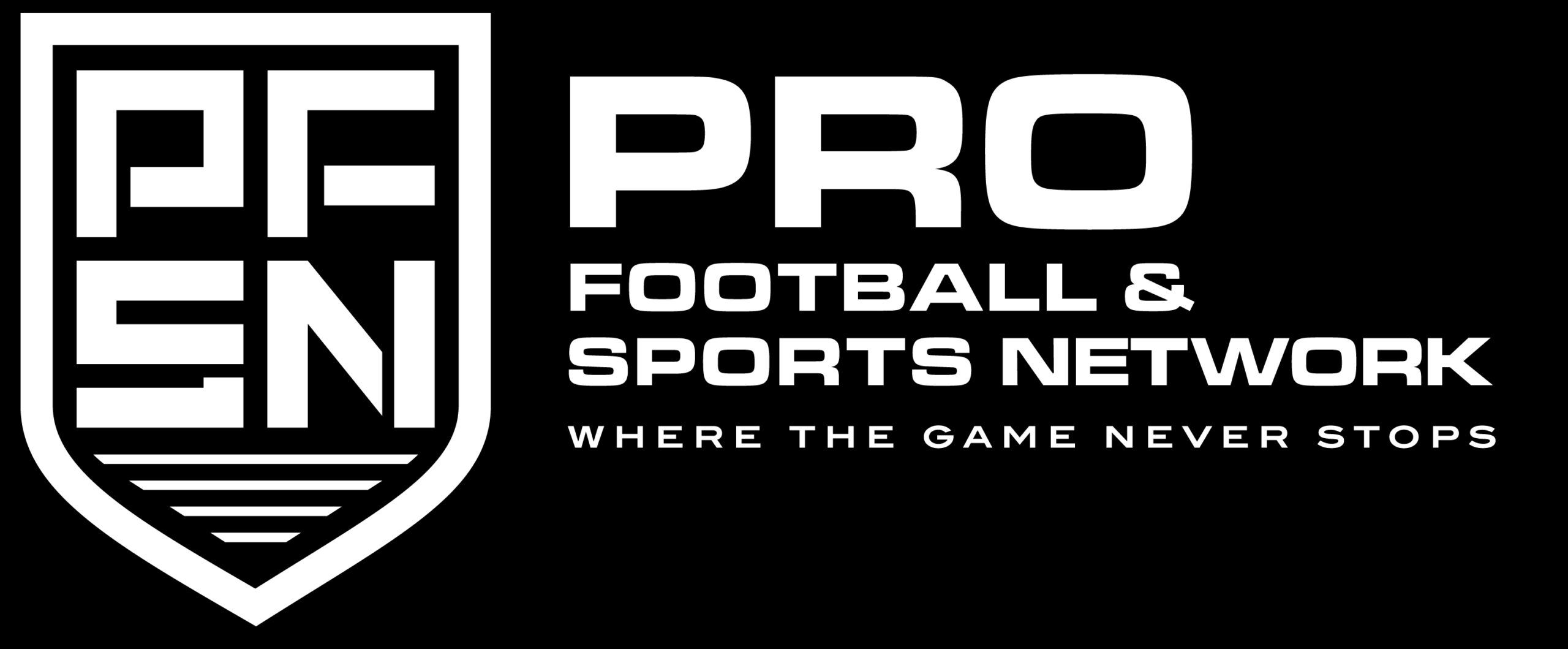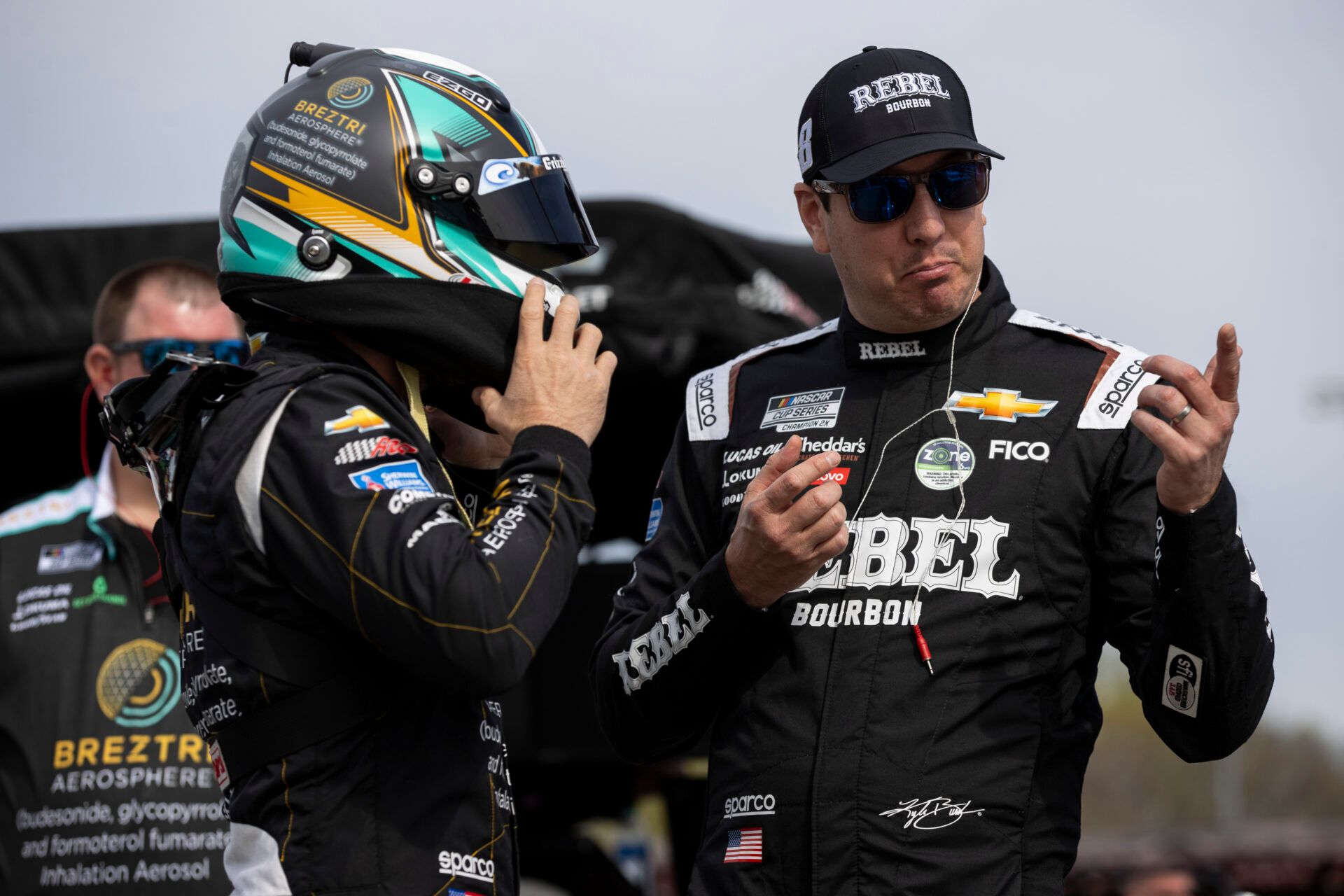Richard Childress Racing is experiencing internal discord over the approach to racing at Atlanta Motor Speedway. Amid a reshaped superspeedway package, team members are voicing contrasting opinions on the best way to tackle the track’s evolving challenges.
The division centers on two of RCR’s top drivers. Childress’ grandson Austin Dillon sees opportunity in the new format, while veteran Kyle Busch criticizes the unpredictability of Atlanta’s current style. Their differing perspectives highlight the complexities of adapting to a race that now emphasizes drafting and constant lane choices.
Differing Perspectives on Superspeedway Racing
Busch, a seasoned competitor at Atlanta with 30 Cup Series starts that include two wins, 10 top-five finishes, and 15 top-10s, is not convinced the new format favors skills. He explained his concerns, saying, “Atlanta is kind of a crapshoot race in general with it now being a superspeedway race,” Busch told Speedway Media.
“It takes a lot of speed but also a car that handles well to be successful there. You have to pick the right line at the right time to get yourself where you can log some laps, especially in the middle stage of the race, and not get caught up in a crash when cars start to handle differently and mistakes are made.”
His frustration stems from a belief that the race now relies more on pack racing, drafting, and luck than on precise car handling and driver skill.
On the other hand, Dillon, Childress’ grandson and the No. 3 car driver, looks at Atlanta as a track where smart strategy could really pay off. Dillon has completed 90% of his laps in his 16 Cup Series starts with a best finish of sixth. He offered a more measured view of the new challenges:
“I enjoy racing at Atlanta,” Dillon said to Speedway Media. “It’s interesting with the drafting-style racing there now. Coming up with a game plan is going to be key. You’ve got to be committed to strategy and stick to that strategy. When you don’t have a game plan that you can fully commit to, you can get stuck in the middle and that usually doesn’t turn out well.”
Legacy, Leadership, and Team Dynamics
The division within Richard Childress Racing occurs at a time when the iconic No. 3 is still a trademark of the company. Childress envisioned a family dynasty behind the wheel, entrusting his grandson with the iconic number, a decision that emphasizes the high stakes involved in every race.
The new superspeedway format at Atlanta, however, has exposed differing philosophies within the team. While Busch’s experience on superspeedways makes him wary of the inherent risks, Dillon is optimistic that disciplined strategy and the strength of RCR’s engineering will overcome the challenges.
As Atlanta continues to test driver instincts with constant lane choices and the potential for multi-car wrecks due to tire wear and fuel runs, the debate over strategy underscores the broader evolution of the sport. The divergent views from within the camp not only set the stage for a dramatic race but highlight how personal philosophies and legacy continue to influence team dynamics at one of NASCAR’s most demanding tracks.

